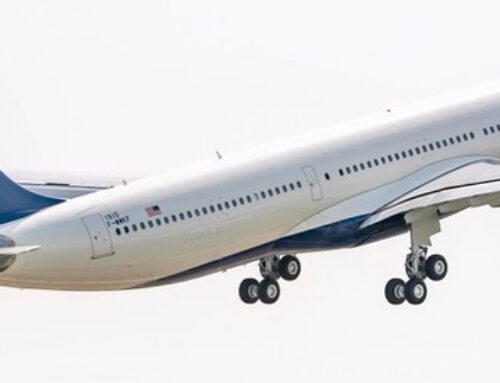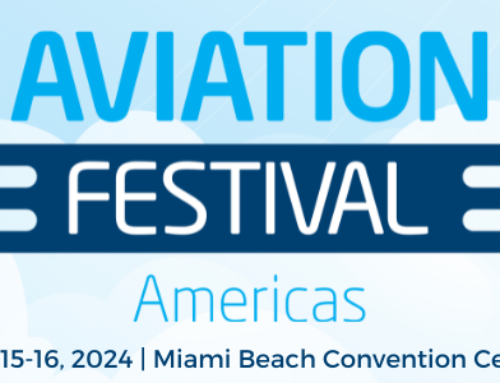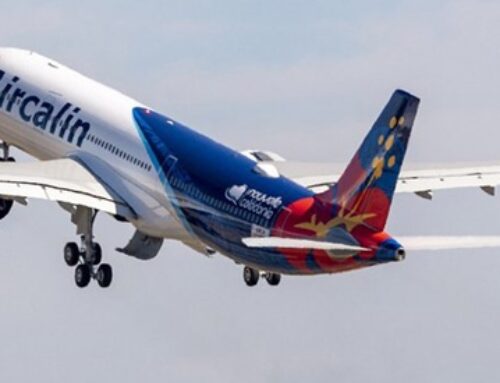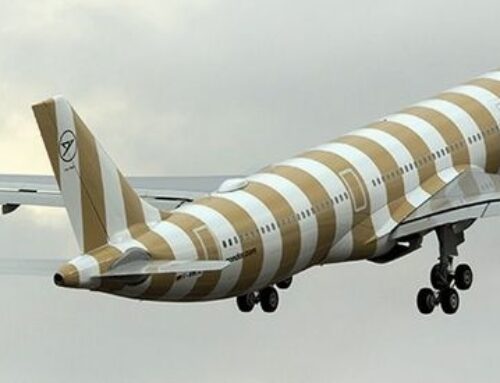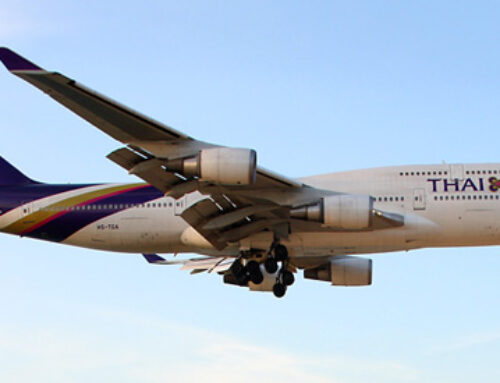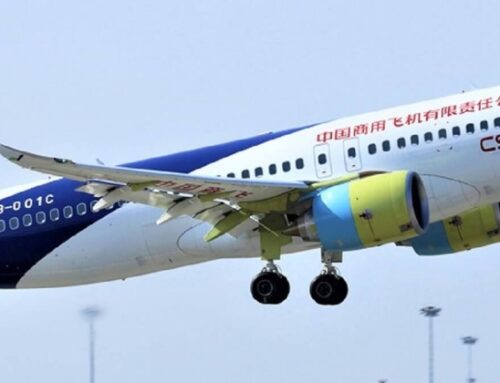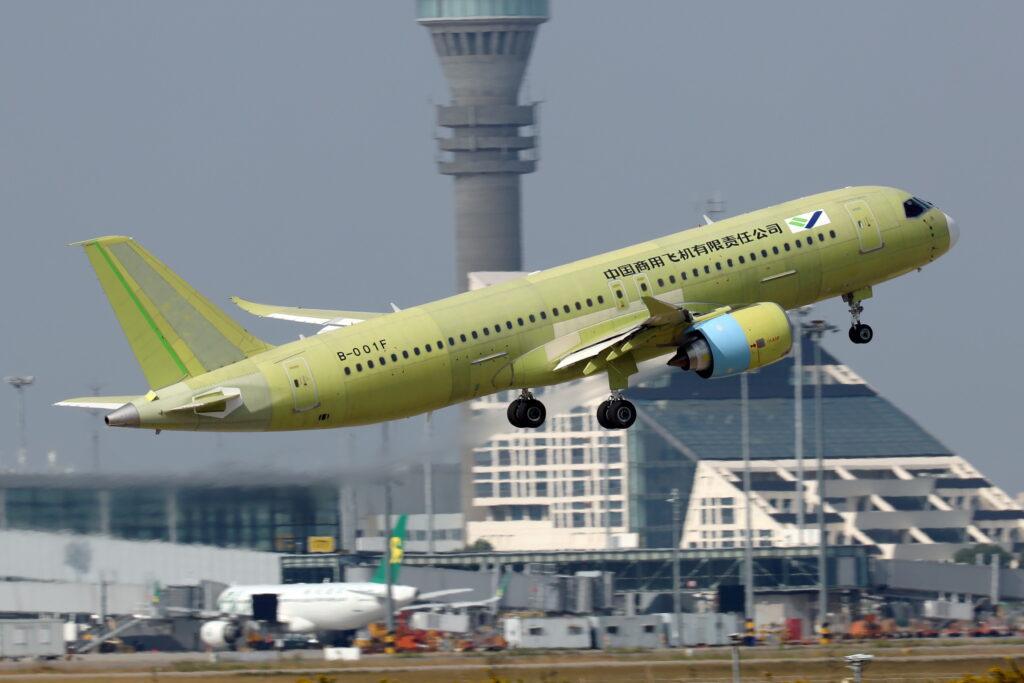
The European Union Aviation Safety Agency (EASA) is committed to conducting a comprehensive evaluation process for China’s C919 passenger jet, according to EASA’s acting executive director, Luc Tytgat. This statement tempers expectations for a swift entry of the Chinese-made aircraft into the European market, amidst global jet shortages and ongoing safety concerns with Boeing.
China, aiming to position the C919 as a formidable competitor to Airbus and Boeing’s best-selling models, has been intensifying efforts to secure international validation for its aircraft. Despite receiving domestic certification in 2022 and commencing operations within China, the path to global recognition, especially from Western regulators, is anticipated to be lengthy.
EASA’s meticulous approach stems from the need to ensure the C919 adheres to European safety standards, a prerequisite for operation within Europe. The reinitiation of COMAC’s application for EASA certification in November, with a proposed completion by 2026, underscores the complexities involved in introducing a new aircraft model to the market.
Tytgat highlighted the challenges in assessing the C919, given its novelty and the advancements made since the initial request for approval in 2019. The process involves updating EASA on any developments and changes to the aircraft post-pandemic, necessitating a detailed review and familiarization phase.
The C919’s international promotion, including a showcase at the Singapore Airshow and a subsequent tour across east Asia, signifies China’s ambition to establish the aircraft as a viable option amidst Airbus’s capacity constraints and Boeing’s quality issues. However, for COMAC to achieve significant export deals, it must secure the endorsement of major foreign regulators, such as EASA and the Federal Aviation Administration.
The ongoing scrutiny by Western regulators, intensified by the Boeing 737 MAX incidents, ensures that the certification process for the C919 will be rigorously detailed, especially as it marks the first major jetliner from a new manufacturer entering the global arena.
While there has been interest from airlines like Ryanair in the past, no European carriers have yet urged EASA to expedite the certification process for the C919. This careful and deliberate approach by EASA aims to guarantee that any aircraft entering European airspace meets the highest safety standards, reflecting the agency’s priority on passenger and operational safety.
China’s Civil Aviation Administration (CAAC) has expressed intentions to promote the C919’s international acceptance in 2024, working towards European recognition. Yet, specific strategies and timelines remain under wraps, with both the Chinese regulator and COMAC yet to comment on the certification efforts and their international promotion campaign.
As the C919 continues to garner attention on its promotional journey, the aviation community watches closely to see how it navigates the complex landscape of international aviation regulations and market entry challenges.
Sources: AirGuide Business airguide.info, bing.com, reuters.com, wtvbam.com

